





Sap commerce cloud to Shopware
Migrating your store from Sap commerce cloud to Shopware might seem daunting, but with proper planning and the right tools, it's a smooth process. Follow this step-by-step guide to ensure a successful transition.
Schedule a call
Step-by-Step Migration Guide: SAP Commerce Cloud to Shopware migration guide
Step 1: Planning Your Migration
In this initial step, we focus on the critical phase of planning your migration from SAP Commerce Cloud to Shopware. This involves assessing your current setup and defining your migration objectives.
Step 2: Data Backup and Preparation
Before diving into the migration, we emphasize the importance of backing up all existing data and preparing it for the transition to Shopware.
Step 3: Setting Up Your Shopware Environment
Establishing your Shopware environment is a crucial step that involves installing the platform and configuring essential settings to align with your business needs.
Step 4: Data Migration to Shopware
This step focuses on the actual migration of data from SAP Commerce Cloud to Shopware, ensuring that all necessary information is accurately transferred.
Step 5: Customizing Your Shopware Store
Post-migration, it’s time to customize your Shopware store to align with your brand identity and enhance user experience.
Step 6: Testing Your Shopware Store
Before launching, we must rigorously test your Shopware store to identify and resolve any issues that may affect user experience.
Step 7: Launching Your Shopware Store
This final step culminates in launching your Shopware store, transforming your migration efforts into a live ecommerce platform.
Power Your Step - Get in Touch
Ready to embark on your migration journey with PowerCommerce? Our experts are here to help you every step of the way.
Step 1: Planning Your Migration
The first step in migrating from SAP Commerce Cloud to Shopware is thorough planning. This phase is crucial as it sets the foundation for a successful migration. We will assess your current ecommerce setup, identify the data to be migrated, and define clear objectives for the migration process.
Begin by forming a migration team that includes stakeholders from IT, marketing, and operations. This team will oversee the migration process, ensuring all aspects are covered. Key objectives might include:
- Data Preservation: Ensuring all customer, product, and order data is backed up and transferable.
- Minimizing Downtime: Establishing a timeline that minimizes disruption to your business.
- Functional Requirements: Outlining necessary features and functionalities on Shopware that mirror or enhance your current setup.
Once objectives are defined, document your current architecture, including third-party integrations, customizations, and any specific business processes that need to be replicated on Shopware. This documentation will serve as a reference during the migration.
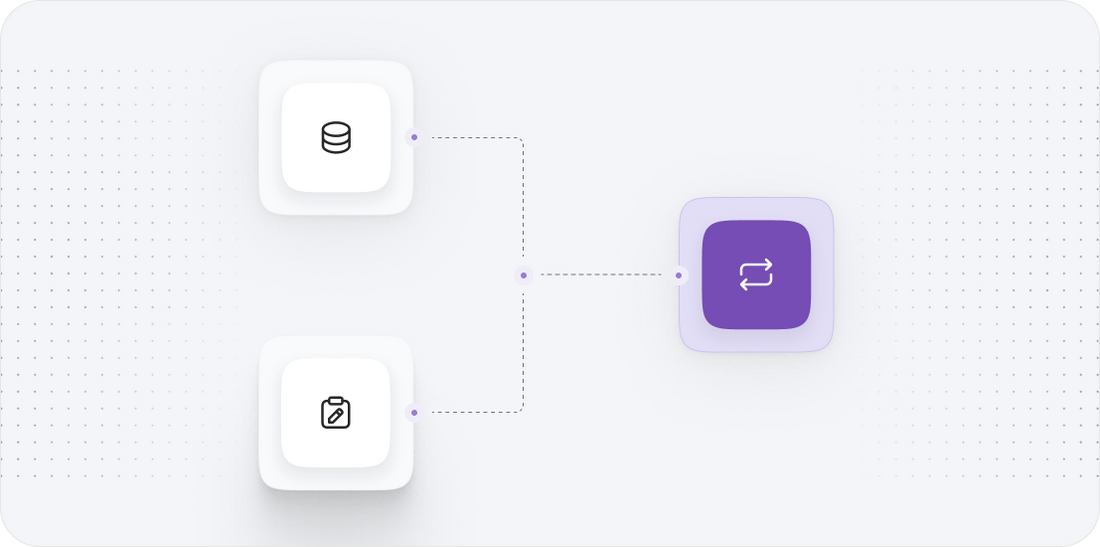
Step 2: Data Backup and Preparation
Data backup and preparation are critical to ensure a seamless transition from SAP Commerce Cloud to Shopware. This step involves creating a comprehensive backup of all your existing data, including customer accounts, product catalogs, orders, and any associated files.
To effectively back up your data, follow these sub-steps:
- Export Data: Use the built-in export tools in SAP Commerce Cloud to extract data. Ensure to export:
- Customer data (names, addresses, purchase history)
- Product data (descriptions, prices, images)
- Order data (transaction details, statuses)
- Validate Data: After exporting, validate the integrity of your data. Check for completeness and look for any anomalies or errors that may have occurred during the export process.
- Backup Files: Store backups in a secure location. Utilize cloud storage solutions or external hard drives to ensure data redundancy.
With a complete backup in place, you are now ready to prepare the data for migration to Shopware. This may involve formatting adjustments to comply with Shopware's data import requirements.
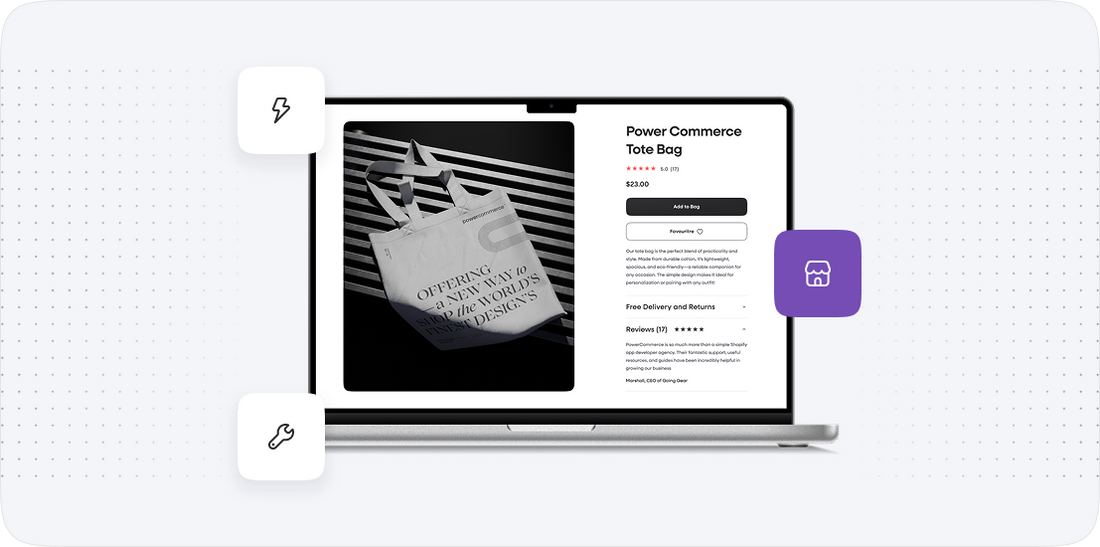
Step 3: Setting Up Your Shopware Environment
Setting up your Shopware environment is essential for a successful migration. This step involves installing Shopware and configuring it to suit your business requirements. We recommend the following actions:
- Choose Your Hosting Option: Decide between self-hosting or using Shopware's partner hosting. Self-hosting offers more control, while partner hosting provides optimized performance.
- Install Shopware: Follow the installation guide provided by Shopware to set up the platform. Ensure you have the necessary server requirements, such as PHP version and database access.
- Configure Basic Settings: Access the Shopware admin panel and configure essential settings:
- Store Configuration: Set up your store’s name, currency, and language preferences.
- Payment and Shipping Methods: Integrate payment gateways and set up shipping options to match those used in SAP Commerce Cloud.
- Test the Installation: Before proceeding, test the installation by browsing the default storefront and checking the backend functionalities.
By the end of this step, you should have a fully functional Shopware environment ready for data migration.
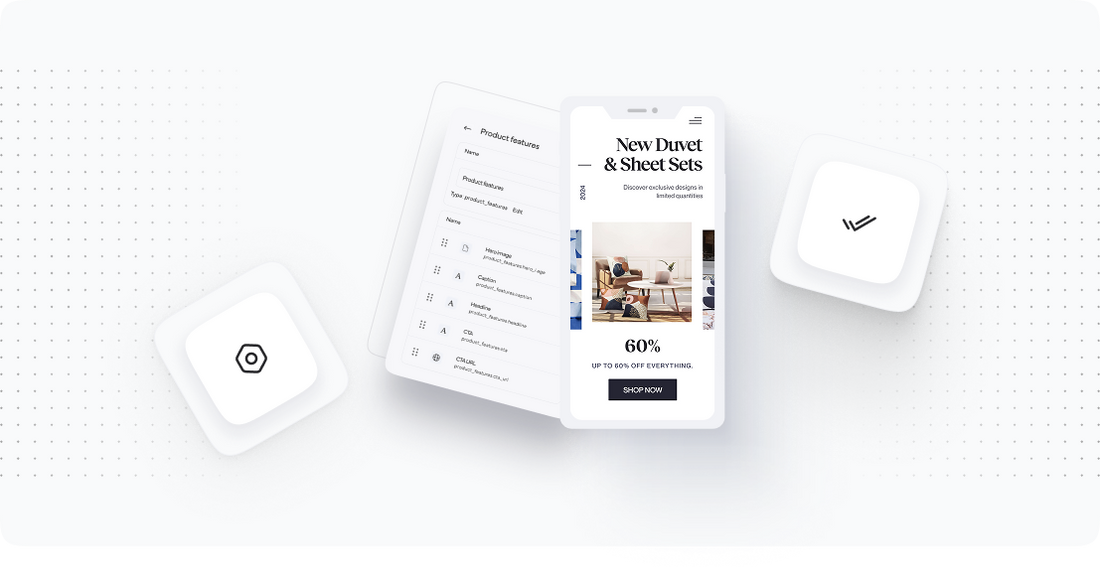
Step 4: Data Migration to Shopware
With your Shopware environment set up, the next step is to migrate your data from SAP Commerce Cloud. This process requires careful execution to ensure that all data is accurately transferred without loss. Follow these detailed steps for a successful migration:
- Import Customer Data: Use Shopware’s import tool to upload customer data. Map the fields from SAP Commerce Cloud to the corresponding fields in Shopware to ensure accuracy.
- Import Product Data: Similar to customer data, import your product catalog. Ensure that attributes such as product categories, images, and specifications are included.
- Import Order History: Migrate past order data to maintain customer purchase histories. This will be crucial for customer service continuity.
- Batch Processing: For larger datasets, consider batch processing to prevent server overload and ensure smooth data handling.
Once the data has been imported, conduct a thorough review to check for any missing or incorrectly formatted data.
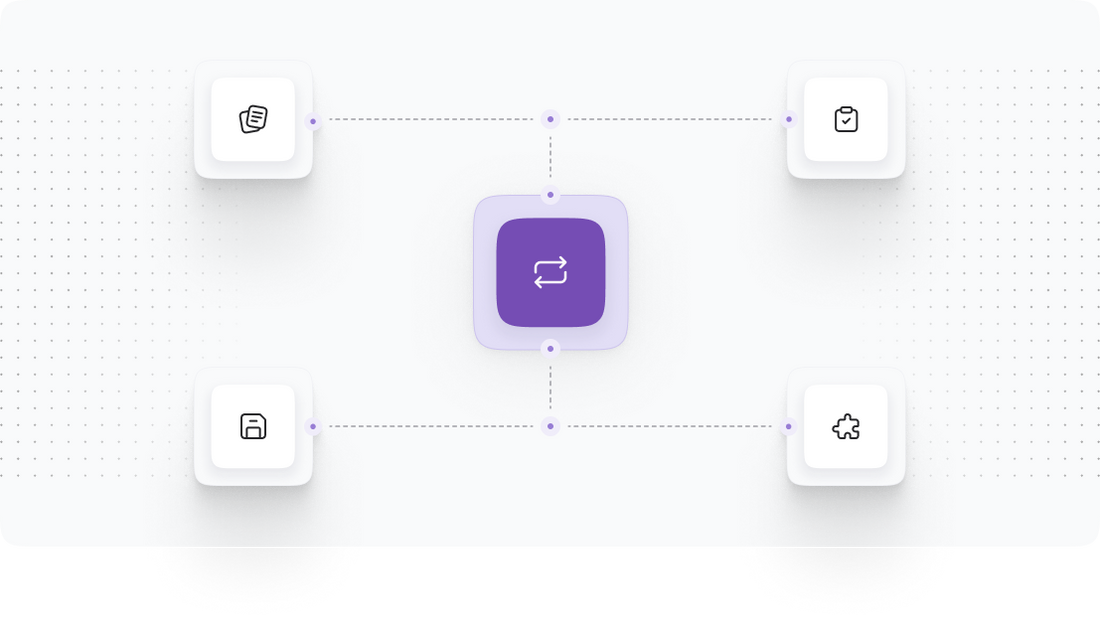
Step 5: Customizing Your Shopware Store
After successfully migrating your data, the next phase is to customize your Shopware store. Customization allows you to tailor the platform to reflect your brand and meet your customers' needs. Here’s how we recommend proceeding:
- Choose a Theme: Select a Shopware theme that aligns with your brand aesthetics. You can choose from free or premium themes available in the Shopware store.
- Customize Layout: Utilize the drag-and-drop features of Shopware to arrange your storefront layout. Ensure that key elements such as navigation, product displays, and banners are strategically placed for optimal user experience.
- Add Functionalities: Enhance your store’s capabilities by integrating relevant plugins from the Shopware ecosystem. Consider functionalities such as:
- SEO optimization tools
- Marketing automation
- Customer support chat
- Test Customizations: Before going live, conduct comprehensive testing to ensure all customizations function properly and provide a seamless user experience.
Customizing your store effectively will help you attract customers and improve conversion rates.
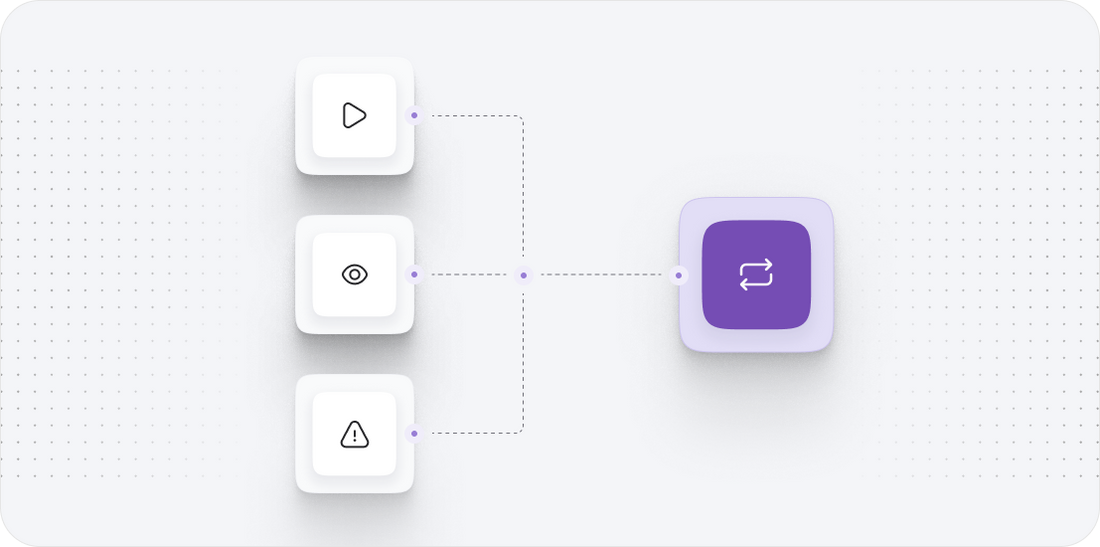
Step 6: Testing Your Shopware Store
Testing is a critical step before launching your newly migrated Shopware store. It ensures that all functionalities are working as intended and that customers will have a smooth shopping experience. Here’s how to conduct effective testing:
- Functional Testing: Verify that all components, including payment gateways, shipping methods, and product displays, function correctly. Test the checkout process from start to finish.
- Performance Testing: Assess the site’s loading speed and responsiveness. Use tools like Google PageSpeed Insights to identify potential improvements.
- User Acceptance Testing: Involve a small group of users to navigate the store and provide feedback on their experience. Focus on usability and identify any areas for enhancement.
- Security Testing: Ensure that all security measures, such as SSL certificates and data encryption, are in place and functioning.
Document all findings and rectify any issues before proceeding to the next step.
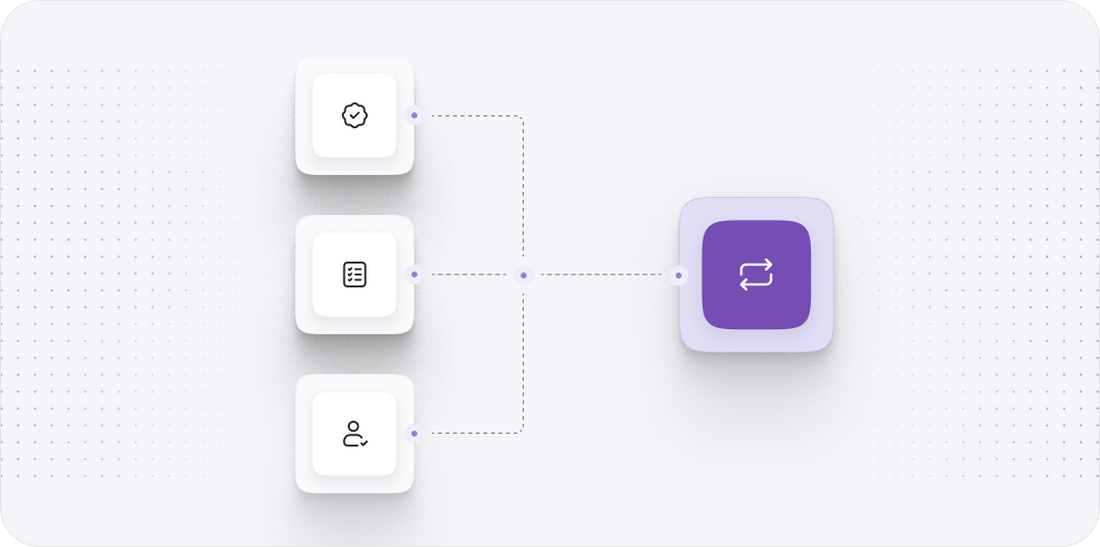
Step 7: Launching Your Shopware Store
With your store tested and ready, it’s time to launch your Shopware store. This step involves several key actions:
- Finalize Domain Settings: Ensure your domain is pointing to your new Shopware installation. Configure DNS settings if necessary.
- Go Live: Transition your store from a staging environment to live status. Monitor the launch closely to capture any immediate issues.
- Post-Launch Monitoring: After launching, actively monitor site performance, user interactions, and any error messages. Be prepared to address any unexpected challenges swiftly.
- Marketing Launch: Announce your new Shopware store through email newsletters, social media, and other marketing channels to attract customers.
By successfully completing this step, you will have transitioned from SAP Commerce Cloud to Shopware, fully equipped to engage with customers in a new, optimized environment.
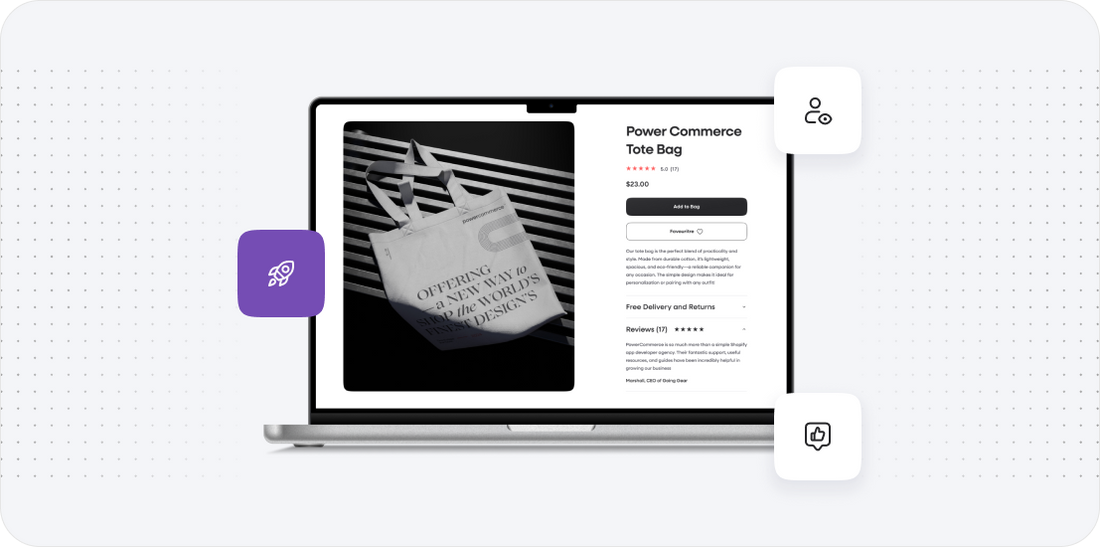
Power Your Step - Get in Touch
At PowerCommerce, we understand that migrating your ecommerce platform can seem daunting. Our team of experts is dedicated to ensuring a smooth transition from SAP Commerce Cloud to Shopware, tailored to your unique business needs.
Don’t hesitate to reach out for a risk-free consultation and to learn more about how we can assist you in powering your ecommerce growth.
- Visit our contact form at PowerCommerce Contact
- Call us directly at 800-099-9090
- Email us at info@powercommerce.com
Let us help you take your ecommerce business to the next level. Your success is our mission!
Stay aligned on what's happening in the commerce world
Trusted by 1000+ innovative companies worldwide
Schedule Your Migration Today
For businesses prioritizing simplicity, scalability, and robust support, Shopify is the clear winner.
Looking to migrate without hassle? Power Commerce can handle the entire process, ensuring smooth data transfer, store setup, and post-launch success.
Marka Marulića 2, Sarajevo, 71000 BiH
00387 60 345 5801
info@powercommerce.com


